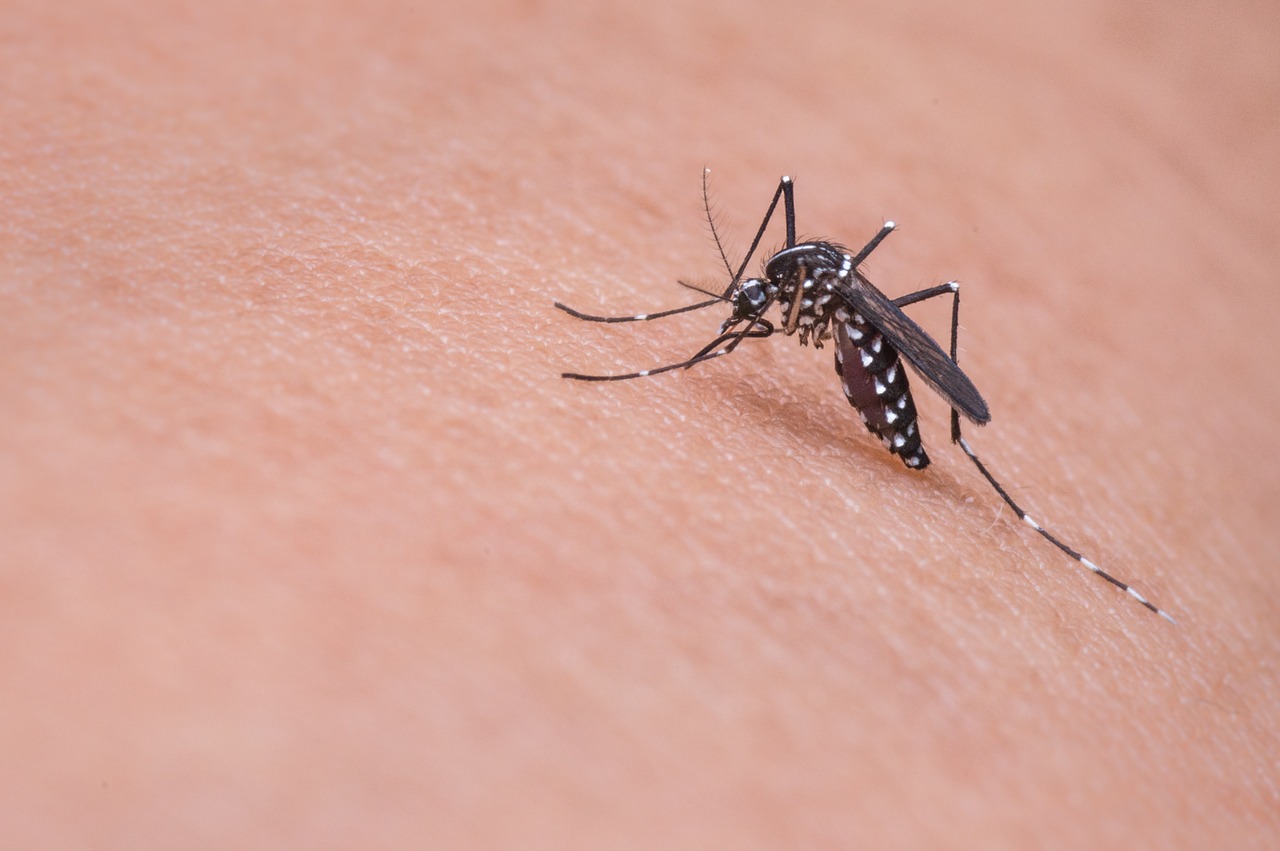
In the fight against malaria, a new vaccine gives reason for hope. A large-scale pilot project aims to contain the disease, which primarily affects young children – but there are also difficulties.
For the first time, a vaccine against malaria will be used on a large scale. After three decades of development work, a total of around 360,000 infants will be vaccinated against the dangerous disease by 2022 as part of a pilot trial in Malawi, Ghana and Kenya each year.
The coordinator of the vaccination program at the
World Health Organization (WHO), Mary Hamel, said the vaccine has the potential to save the lives of tens of thousands of children. „Malaria is still a tragically deadly disease,“ said Hamel. „Every year, around 250,000 children die from malaria in Africa“.
Despite all hope – the vaccine is limited
There are high hopes associated with the vaccine. The vaccine „RTS, S“ is effective against the common and most dangerous malaria parasite Plasmodium falciparum in Africa
However, even at best, immunization alone can not defeat the disease. In the largest clinical trial to date, involving 15,000 infants, the vaccine has prevented approximately 40 percent of malaria and around 30 percent of severe malaria cases. That is not enough for the WHO. Their target is 80 percent.
In addition to the limited effectiveness and the practical implementation of vaccinations is complicated. For full effectiveness, toddlers must get four injections. The first three vaccinations should take place at the age of about five to nine months, the fourth at the age of two years. It is a challenge of the pilot project to ensure that parents bring their children to all four vaccination dates.
Combination of various remedies in the fight against malaria
Because of the limited protection of the vaccine experts rely on the combination of various preventive measures, the parents should be informed accordingly. This has been successfully and understandably communicated in previous studies, says Hamel. „Parents also understand, for example, that using mosquito nets is important to lower the likelihood of malaria.“
„The fight against malaria is one in which we use imperfect tools,“ says WHO Malaria Program Director Pedro Alonso. The best effect can only be had if you combine them. „The malaria vaccine strengthens our toolbox“.
The number of malaria diseases has risen again
According to the WHO, the number of malaria cases increased in 2017 compared to the previous year by just over two million to 219 million cases. In total, 435,000 people died and 90 percent of the diseases occurred in Africa.
Developing a vaccine against the disease is considered difficult. The parasite is more resistant and adaptable than, for example, viruses that trigger measles or Ebola. The disease is transmitted by bites of the Anopheles mosquito, which carry the pathogens. These enter the bloodstream and multiply in the liver. Malaria causes fever, anemia and neurological problems and can be fatal if left untreated.



